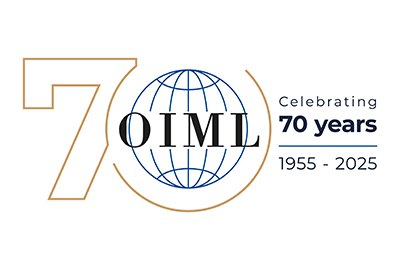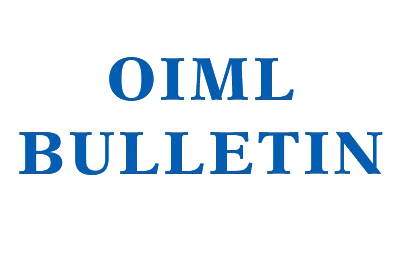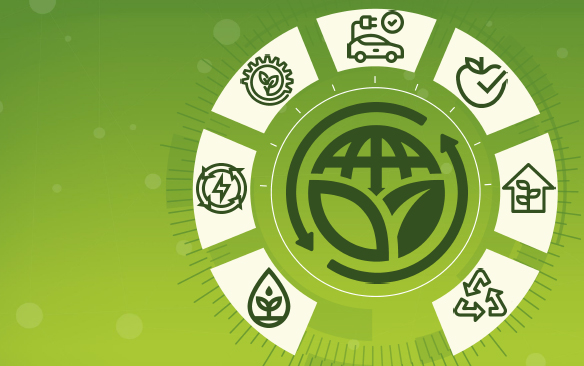Digitalisation Task Group (DTG)

At its 56th meeting, the CIML decided to set up the OIML Digitalisation Task Group (DTG)

The objective was to strengthen the role of international legal metrology
An effective and sustainable digital transformation of the international quality infrastructure can only be achieved in a joint effort. Therefore, in 2022, the nine major international organisations of the scientific and quality infrastructure signed a Joint Statement of Intent (JSI) to
support the development, implementation, and promotion of the SI Digital Framework as part of a wider digital transformation of the international scientific and quality infrastructure.
The JSI sets the âSI Digital Frameworkâ as starting point. However, the realisation of a digitally interconnected QI also requires (see OIML Bulletin article for more details):
- definition of common (meta-)data standards and commonly accepted and machine-readable terminologies (e.g. expressed as ontologies and with so-called âlinked dataâ);
- machine-readable information from standards, certification, accreditation and regulations;
- application of digital twins for the assessment of products and services;
- continuous quality and conformity assessment for an effective handling of software updates and artificial intelligence; and
- digital interfaces to the platforms and databases.
Â
Digital transformation in society and in the economy
![]()
The digital transformation in society and in the economy introduces new technologies, and novel approaches for products and services. The quality infrastructure (QI) must be able to address these products and services, whilst meeting expectations regarding the use of digital technologies for improved QI processes and services themselves.
Some examples for challenges to be addressed in the QI are as follows:
- large quantity of data sources underpinning new digital services, and novel approaches for data analysis, based on artificial intelligence and machine learning;
- interconnected, versatile, and often inexpensive sensors, combined in so-called sensor networks as in the âInternet of Thingsâ (IoT);
- fundamentally new approaches in production, such as additive manufacturing.
At its 56th meeting, the CIML decided to strengthen the role of international legal metrology in this process by setting up the OIML Digitalisation Task Group (DTG). The inaugural OIML DTG meeting took place online on 24 February 2022, followed by a second online meeting on 18 May 2022. These two meetings established the basis for the scope and workplan of the DTG.
The Terms of Reference summarise this preparational work. At its 57th meeting, the CIML approved the Terms of Reference as well as the two elected officers: Dr. Sascha Eichstädt (PTB, Germany) as Chairperson, and Dr. Yang Ping (NIM, China) as Deputy Chairperson of the DTG for a three-year term.
The DTG workplan contains:
- Joint activities with the other signatories of the Joint Statement of Intent;
- Support of OIML groups regarding the machine readability of OIML documents;
- Support of the OIML in defining and achieving the role of the OIML in an international digital metrology system; and
- Support of the CEEMS Advisory Group in the development and uptake of guidance on digital technologies.






